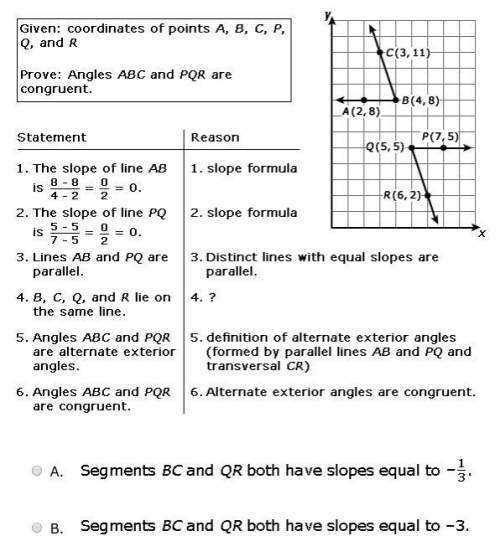
Mathematics, 23.06.2020 10:57 annieleblanc2004
Albanian
Use the approach in Gauss's Problem to find the following sums of arithmetic sequences
a. 1+2+3+4 + ... + 102
b. 1 + 3 + 5 + 7 + ... + 97
c. 8 + 17 +26+35+ ... + 890
d. 706 + 699 +692 +685 + ... + 6
a. The sum of the sequence is

Answers: 1


Other questions on the subject: Mathematics


Mathematics, 21.06.2019 19:00, shadow29916
Solve x+3y=6 and 4x-6y=6 by elimination . show work !
Answers: 1

Mathematics, 21.06.2019 20:00, cielo2761
The table below represents a linear function f(x) and the equation represents a function g(x): x f(x) −1 −5 0 −1 1 3 g(x) g(x) = 2x − 7 part a: write a sentence to compare the slope of the two functions and show the steps you used to determine the slope of f(x) and g(x). (6 points) part b: which function has a greater y-intercept? justify your answer. (4 points)
Answers: 2

Mathematics, 21.06.2019 21:00, ayoismeisalex
Me! i will mark brainliest! i don't get polynomials and all that other stuff. so this question is really hard. multiply and simplify.(x - 4) (x^2 – 5x – 6)show your
Answers: 2
You know the right answer?
Albanian
Use the approach in Gauss's Problem to find the following sums of arithmetic sequences
Questions in other subjects:













